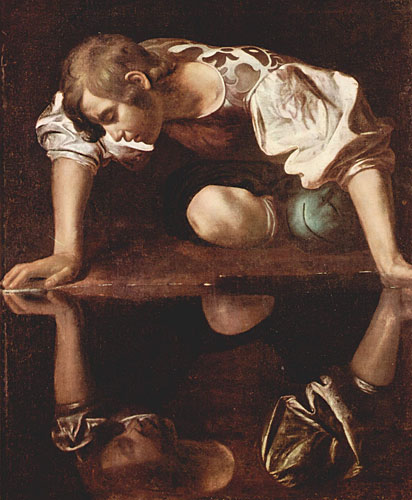
In this seminar -- which is by no means limited to students in art history or in Italian studies -- we will read a wide selection of canonical and non-canonical texts in English translation, taking into consideration their generic characteristics and readerships, while focusing on the sorts of ethical and moral claims each text makes on behalf of art -- such as the social and cultural utility of visual arts; their relation to the liberal arts (such as Grammar, Dialectic and Rhetoric); and their potential ability to reveal truths about the human condition and divine creation. As we will see, many of these texts return to the question of how art-making relates to nature, on the one hand, and to the divine order, on the other. In this period it was the skilled artisan -- the forger of highly crafted objects -- who possessed first-hand knowledge of the natural world and who, in a manner often compared to divine creation, fashioned beautiful things out of base substances. Prized for their materials and workmanship, the things artists produced were themselves understood to have qualities powers beyond those of ordinary objects. Artists and literati thus attempted to grasp the roles of sensory perception, knowledge and imagination in the making of objects that seemed to transcend their material origins. The early modern artist also moved between social strata far more readily than most people, since he (less often she) dealt routinely with patrons, agents and other persons of higher social rank. Thus the figure of the artist was often employed by early modern writers to raise big questions about the order of things, both divine and human.
We will trace the development of some of the major topics in early modern art-writing and consider the implications of favored metaphors, such as the window, the mirror, the shadow and the veil. Classical topoi were often invoked, both to dignify the subject and to suggest figurative ways of thinking about the origin of art or about the power of a work of art to move the beholder: thus the petrifying effect of Medusa, the animation of Pygmalion's ivory statue of Galatea, the image-seduction of Narcissus. At an early point we will examine views about the Christian imago, and throughout the term we will consider how Christian image theory informs or contrasts with Humanistic art-writing and how both contributed to artistic practice in the service of religious reform. Readings will be drawn from Petrarch, Alberti, Leonardo, Castiglione, Ficino, Aretino, Michelangelo, Vasari, and Dolce, among others -- as well from critical and interpretative studies by Michale Baxandall, Stephen Campbell, Elizabeth Cropper, Charles Dempsey, Anthony Grafton, Robert Williams, Gerhard Wolf, et alia.